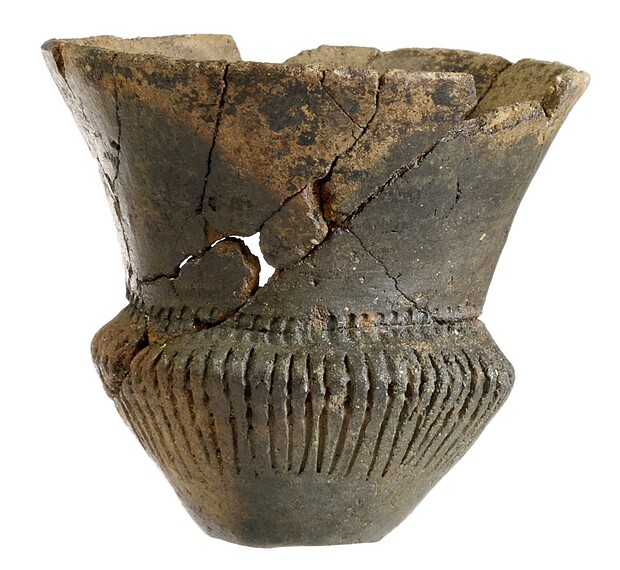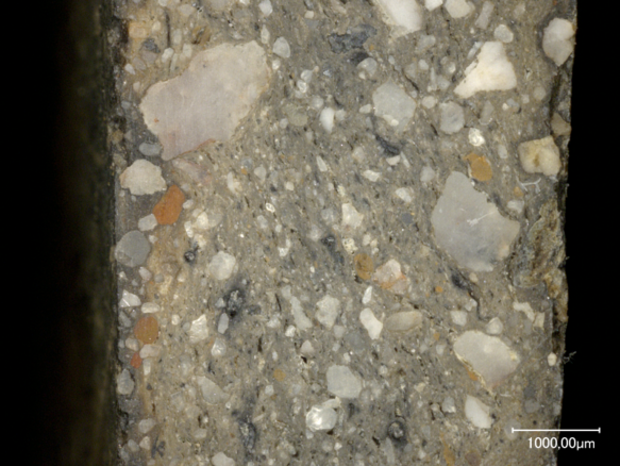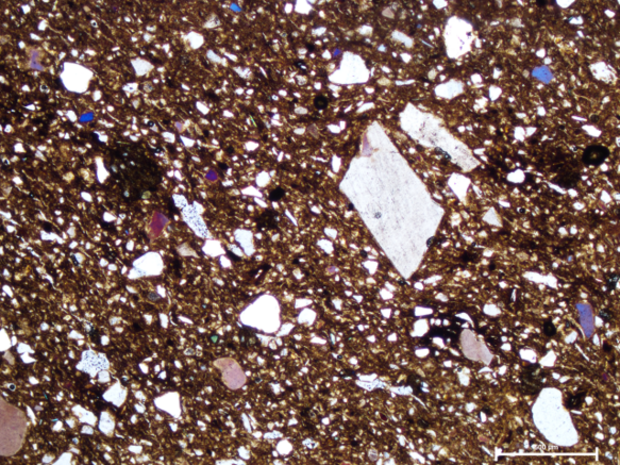Pottery traditions as a mirror of social structures of the 5th and 4th millennium BC in northern Central Europe



In the research of Stone Age cultural groups pottery finds represent an important source material that is primarily used for the relative chronology of sites. However, using archaeometric methods detailed knowledge of the pottery technology, in particular the raw materials, their preparation, and the production techniques can also be obtained, leading to new conclusions to be drawn regarding the various aspects of social organization.
These archaeometric methods are the starting point of the project presented here. The project reconstructs spaces of communication by using natural scientific methods. In particular, the identification of raw material sources shared by inhabitants of different sites for making pottery provides an insight into local networks and interactions between individual settlements in a region. Thus, the project’s investigations reveal important information for instance about the spatial involvement of megalithic tombs or settlements in their surrounding settlement areas. In addition, vessels made from non-local clay deposits can be identified, which allow conclusions to be drawn about supra-regional communication connections. Another objective of the project is to characterize the transition between the Ertebølle Culture and the early Funnel Beaker Culture. Can connections between the cultures be supposed on the basis of possible technology transfers, or is it instead possible to identify craft traditions, which are clearly different from each other?
In order to achieve the objectives relevant to the research project, various archaeometric methods are used in combination. These include microscopic examinations of polished sections and thin sections as well as extensive chemical analyses.
In the three-year project funded by the German Research Foundation (DFG), the pottery analyses are carried out by Dr. Katrin Struckmeyer. On the basis of pottery inventories from several micro-regions, which are located between the Netherlands, the Danish islands and the Oder region, the project will make a substantial contribution to the reconstruction of social organization and space utilization during the 5th and 4th millennium BC.
References
Baier, I., u. Struckmeyer, K., 2017: Tonangebend! Archäometrische Methoden in der Keramikanalyse. Archäologie in Niedersachsen 20, 97–100.
Nösler, D., Struckmeyer, K., u. Jöns, H., 2012: Neue Forschungen zur Tradition, Technologie und Kommunikationsstrukturen des Töpferhandwerks der Trichterbecherkultur – erste Ergebnisse archäometrischer Untersuchungen. In: M. Hinz u. J. Müller (Hrsg.), Siedlung, Grabenwerk, Großsteingrab. Studien zu Gesellschaft, Wirtschaft und Umwelt der Trichterbechergruppen im nördlichen Mitteleuropa, 463–471. Bonn.
Struckmeyer, K., 2017: Keramikanalysen an Funden aus Flögeln, Ldkr. Cuxhaven, Lavenstedt, Ldkr. Rotenburg (Wümme), und Visbek, Ldkr. Vechta. In: M. Mennenga, Zwischen Elbe und Ems. Die Siedlungen der Trichterbecherkultur in Nordwestdeutschland. Frühe Monumentalität und soziale Differenzierung 13, 421–435. Bonn.
Struckmeyer, K., 2019: Pottery traditions in the Funnel Beaker culture – archaeometric studies on pottery from Flintbek (Germany). In: J. Müller, M. Hinz u. M. Wunderlich (Hrsg.), Megaliths – Societies – Landscapes. Early Monumentality and Social Differentiation in Neolithic Europe. Volume 3. Frühe Monumentalität und soziale Differenzierung 18, 811–818. Bonn.
